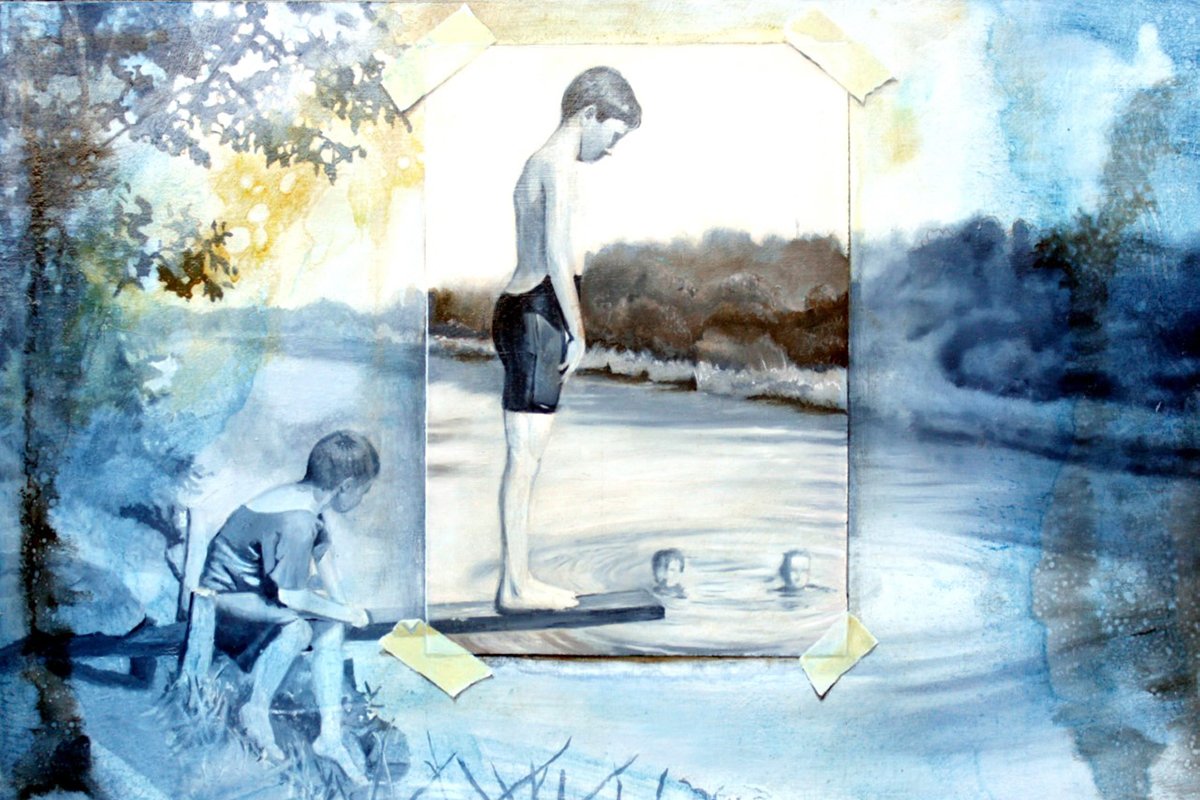
Dennis Crayon’s exhibit, That Which Was Once Whole, premiered at the Art League on Dec. 7, featuring 18 trompe l’oeil-style paintings that use realistic imagery to create optical illusions.
Crayon studied at SUNY Buffalo and the School of the Museum in Boston before moving to D.C. in 2000 following a year in Bogotá, Colombia. However, it was his travels in Pompeii and the city’s fresco remnants that inspired him to adopt the trompe l’œil style of painting.
“I went to Pompeii and I saw some fragmented frescoes and I was trying to come up with a contemporary way of giving that feeling to a piece of artwork without it looking like a tourist, gimmicky sort of thing,” Crayon says. He began using the trompe l’œil style to create the effect of something “broken or falling apart and taped back together.”
Crayon, who was a student of realism his entire career, decided to paint photographs. “They are documentation of what is now,” he says. “I’m trying to, in some way, document the content around us.”
But at the heart of trompe l’oeil is the thin divide between reality and illusion. In that way, Crayon conjures themes of dreams and memory and the ways they are sharp at first but fade, morph or deteriorate over time. “In either dreams or memories, some of it will be really sharp and really in focus and each detail will be there, and other areas will be a lot blurrier, and I’m trying to do that with the artwork.”
Crayon’s process begins with a close, realistic translation of the photo, but as he continues, he blurs the image. “Things start out in focus and then, by the end of the painting, some of it is not,” he says.
That Which Was Once Whole will be at the Art League from until Jan. 2.




